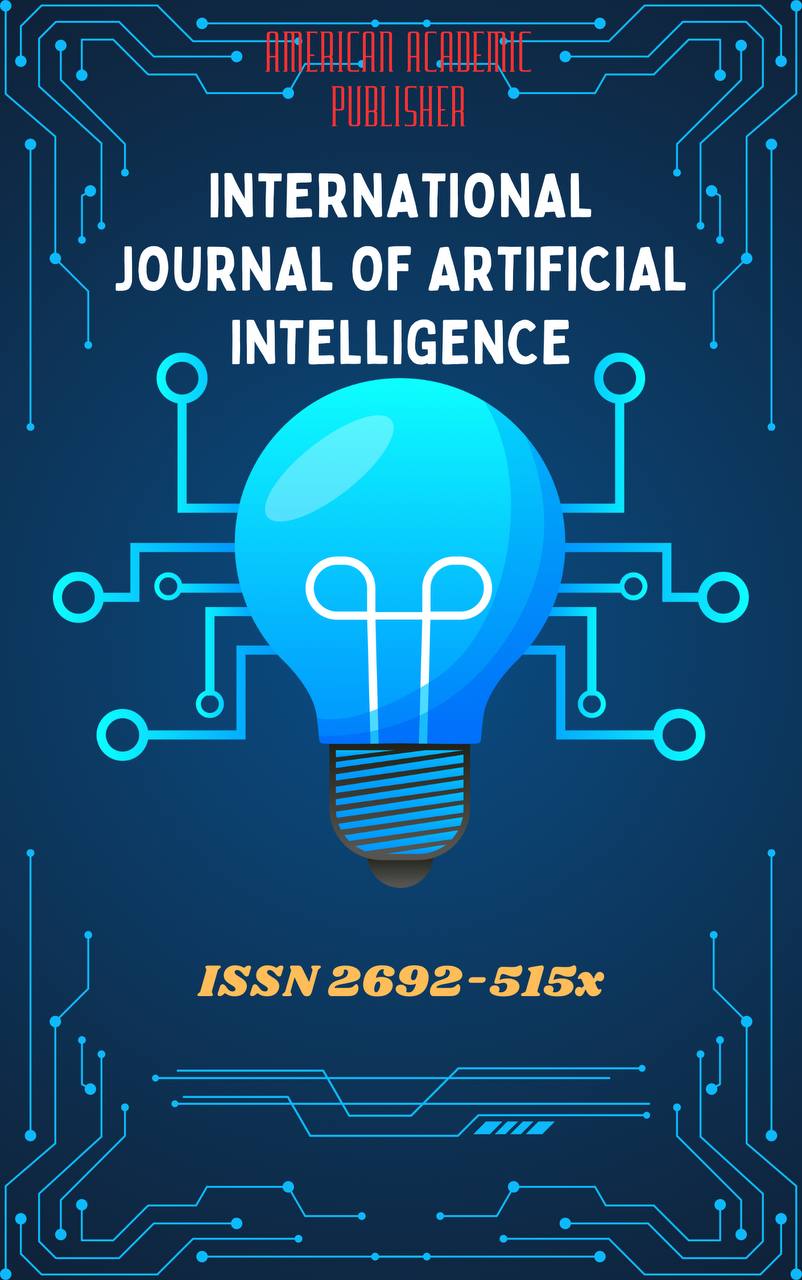 Articles
| Open Access |
Articles
| Open Access | INNOVATIVE AND INCLUSIVE TEACHING METHODS FOR ADDRESSING THE NEEDS OF DIVERSE LEARNERS IN CONTEMPORARY EDUCATIONAL SETTINGS
Abdullayeva Sadoqat Baxramovna , Urgench RANCH University of TechnologyAbstract
In today's rapidly evolving educational landscape, addressing the diverse needs of learners has become a critical priority. This paper explores innovative and inclusive teaching methods that aim to support students from various cultural, linguistic, cognitive, and socio-economic backgrounds. Emphasizing student-centered learning, the study highlights strategies such as differentiated instruction, universal design for learning (UDL), technology-enhanced teaching, and culturally responsive pedagogy. Through the integration of these approaches, educators can create more equitable and effective learning environments that foster academic success and social-emotional development for all learners. The findings underscore the importance of teacher training and institutional support in implementing inclusive practices across contemporary educational settings.
Keywords
Inclusive education, innovative teaching methods, diverse learners, differentiated instruction, universal design for learning (UDL), culturally responsive pedagogy, equity in education, student-centered learning.
References
CAST. (2024). Universal Design for Learning Guidelines version 3.0 [Graphic organizer]. Lynnfield, MA: Author. Retrieved from https://udlguidelines.cast.org/more/downloads/juniperpublishers.com+3The UDL Guidelines+3PMC+3
Hammond, Z. L. (2015). Culturally responsive teaching and the brain: Promoting authentic engagement and rigor among culturally and linguistically diverse students. Thousand Oaks, CA: Corwin Press.easybib.com+1bibguru.com+1
Gheyssens, E., Consuegra, E., Engels, N., & Struyven, K. (2023). Differentiated instruction as an approach to establish effective teaching in inclusive classrooms. In Effective Teaching Around the World (pp. 677–689). Springer.SpringerLink+1files.eric.ed.gov+1
Song, Y., Weisberg, L. R., Zhang, S., Tian, X., Boyer, K. E., & Israel, M. (2024). A framework for inclusive AI learning design for diverse learners. Computers and Education: Artificial Intelligence, 5, 100212. https://doi.org/10.1016/j.caeai.2024.100212ScienceDirect
Pozas, M., & Letzel, V. (2020). Teachers and differentiated instruction: Exploring differentiation practices to address student diversity. Support for Learning, 35(3), 415–433. https://doi.org/10.1111/1471-3802.12481nasenjournals.onlinelibrary.wiley.com
Gaitas, S., Carêto, C., Peixoto, F., & Castro Silva, J. (2022). Differentiated instruction: ‘To be, or not to be, that is the question’. International Journal of Inclusive Education. https://doi.org/10.1080/13603116.2022.2119290ResearchGate
Frolli, A., Valenzano, L., Lombardi, A., Cavallaro, A., & Ricci, M. (2020). Universal Design for Learning and intellectual disabilities. Global Journal of Intellectual & Developmental Disabilities, 6(5). https://doi.org/10.19080/GJIDD.2020.06.555696juniperpublishers.com
U.S. Department of Education. (2023). Guiding principles for creating safe, inclusive, supportive, and fair school climates. Washington, DC: Author.ed.gov
Education Northwest. (2016). Culturally responsive teaching: A review of research and literature. Portland, OR: Author.educationnorthwest.org+1bibguru.com+1
Benjamin, L. K. (2019). Differentiated instruction in middle school inclusion classrooms to support special education students (Doctoral dissertation, Walden University).
Article Statistics
Downloads
Copyright License

This work is licensed under a Creative Commons Attribution 4.0 International License.

